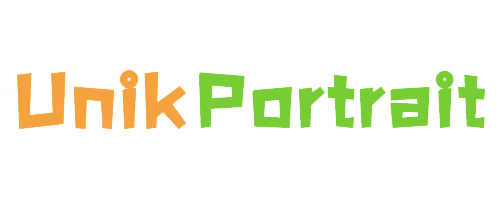In the world of product customization and branding, 3D transfer labels have emerged as a versatile solution, offering depth, dimension, and visual appeal. These innovative labels allow businesses and individuals to personalize a wide range of surfaces with vibrant designs and intricate details. However, not all surfaces are created equal, and understanding the capabilities of 3D transfer labels is crucial for achieving optimal results.
Fabric and Leather: A Perfect Match
One of the standout applications of 3D transfer labels is their seamless compatibility with fabrics and leathers. Designed specifically for these materials, these labels adhere flawlessly to clothing, accessories, shoes, and leather goods, elevating their aesthetic appeal. The ability to customize fabric and leather products with intricate graphics, logos, or decorative elements has opened up new realms of creative expression.

Paper and Cardboard: Branding Made Bold
Beyond textiles, 3D transfer labels have found their place in the world of paper and cardboard products. From books and packaging to cardboard displays and signage, these labels offer an opportunity to enhance branding and create eye-catching visuals. The added dimension and depth provided by 3D transfers transform ordinary paper or cardboard surfaces into captivating branded masterpieces.

Glass and Ceramics: Enhancing Beauty
While smooth glass surfaces may not be the ideal canvas for 3D transfer labels, textured or frosted glass and ceramic materials can benefit greatly from their application. These labels can transform ordinary mugs, vases, and other ceramics into personalized works of art. By adding intricate designs or branding elements, businesses can elevate the visual appeal of their products, creating truly unique pieces that stand out.

Hard Plastics: A Careful Consideration
When it comes to hard, smooth plastic surfaces like toiletry bottles or beverage containers, the suitability of 3D transfer labels requires careful evaluation. The flexible nature of these labels may compromise their durability on such slick materials, leading to potential peeling or wear over time. In these cases, it is advisable to explore specialized alternatives, such as UV transfer labels or UV DTF transfer stickers, which are specifically designed to adhere seamlessly to rigid plastic products.
Wood and Metal: Embracing Texture
The versatility of 3D transfer labels extends to wood and metal surfaces, but with a caveat. On textured or unpolished surfaces like brushed metal or unfinished wood, these labels can thrive, ensuring long-lasting adhesion and vibrant designs. However, highly polished or ultra-smooth surfaces may not provide the necessary grip for optimal performance, necessitating the consideration of other specialized 3D transfer label options.

Rubber and PU: Soft Surfaces Made Stunning
For soft, pliable materials like rubber or polyurethane (PU), 3D transfer labels can be an excellent choice. Their flexibility allows them to conform seamlessly to these surfaces, enabling businesses to add eye-catching graphics, branding, or decorative elements to a wide range of products, from sporting goods to industrial tubing.
In conclusion, magic transfer labels, or 3D transfer labels, offer unparalleled versatility when it comes to product customization and branding. These innovative labels can be seamlessly applied to almost all kinds of soft surfaces, including fabrics, leathers, paper, cardboard, and certain rubbers or polyurethane materials. When it comes to hard surfaces, the key factor is the texture. If the surface has a slightly rough or unpolished finish, like brushed metal or unfinished wood, magic transfer labels can adhere effectively, adding depth and visual appeal.
